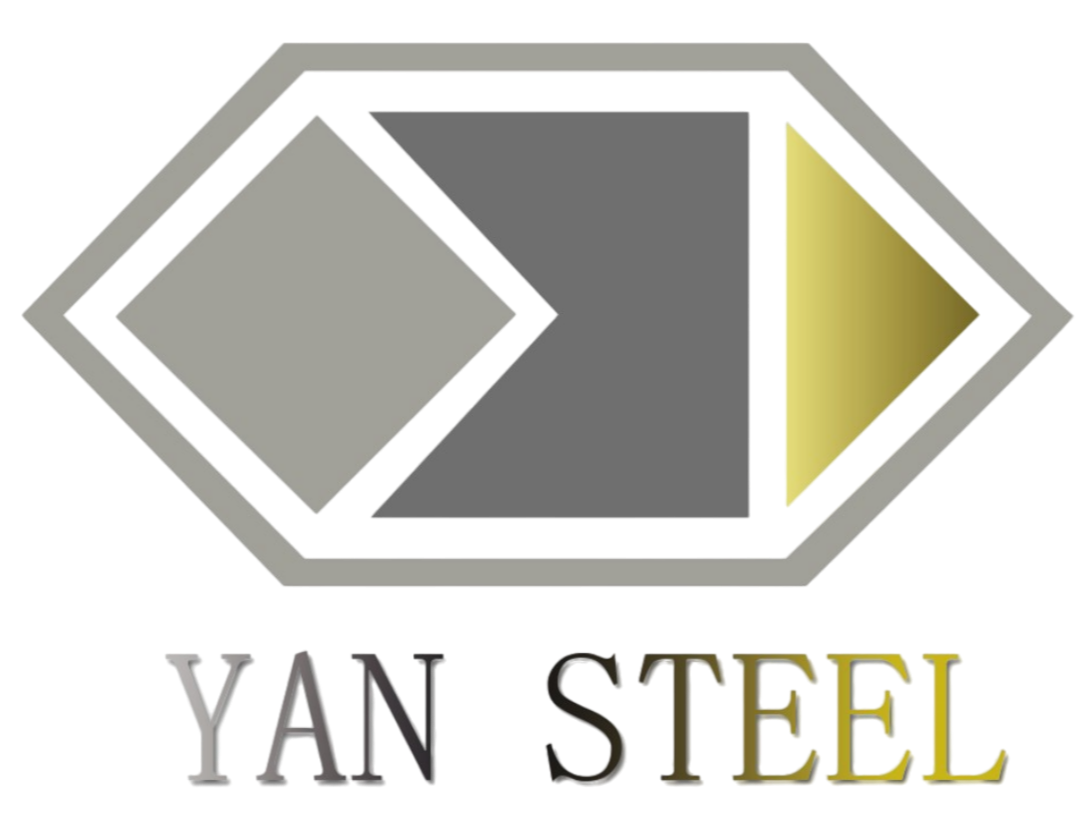변압기 코어 설계에서의 엔지니어링 우수성
최신 변압기 기술의 발전으로 인해 입향전기강판은 전기강판 고효율 전력 분배 분야의 핵심 소재로 자리매김하고 있습니다. 최적화된 자성 특성을 갖도록 설계된 이 특수 소재는 현대 변압기 코어의 기반 역할을 합니다. 입향전기강판을 이용한 올바른 코어 설계 원리를 이해하고 적용함으로써 정방성 전기 스틸 엔지니어들은 에너지 손실을 크게 줄이고 변압기 성능을 향상시킬 수 있습니다.
입상 배향 전기강판의 자성 특성은 변압기 응용 분야에 독특하게 적합합니다. 제조 과정에서 세심하게 조절된 결정 구조는 압연 방향에서 우수한 자기 선속 밀도를 가능하게 합니다. 이 특성은 코어 손실을 최소화하고 전력 분배 시스템에서 높은 에너지 효율을 달성하는 데 필수적입니다.
코어 설계의 기본 원리
소재 선택 및 특성
입상 배향 전기강판의 적절한 등급을 선택하는 것은 변압기 최적 성능을 위해 매우 중요합니다. 고급 소재는 일반적으로 실리콘 함량이 3%에서 3.5% 사이로, 와류 손실을 줄이는 데 도움이 됩니다. 결정립 구조는 냉간 압연 및 후속 열처리 과정에서 정밀하게 제어되어 요구되는 자성 특성을 얻게 됩니다.
최신 입향 전기강판의 경우 1.7 테슬라(Tesla)에서 1800이 넘는 투자율을 제공하며, 1.7T/50Hz 조건에서 코어 손실 값은 0.85W/kg 이하로 낮출 수 있습니다. 이러한 특성은 변압기의 효율성과 운전 특성에 직접적인 영향을 미칩니다.
코어 적층 기술
입향 전기강판의 적절한 적층은 와류 손실을 최소화하는 데 필수적입니다. 개별 적층 두께는 일반적으로 0.23mm에서 0.35mm 범위이며, 더 얇은 적층이 고주파에서 보다 우수한 성능을 제공합니다. 각 적층은 인접 층과의 전기적 접촉을 방지하면서도 우수한 자력 결합을 유지하기 위해 적절히 절연되어야 합니다.
고급 적층 기술을 통해 자성 방향이 자속 경로와 정확하게 일치하도록 보장할 수 있습니다. 이러한 조립 과정에서의 정밀한 작업은 정렬이 잘못된 구성에 비해 코어 손실을 최대 15%까지 줄일 수 있습니다.
고급 설계 전략
자기 회로 최적화
자기 회로 설계는 입자 배향 전기강판의 이방성을 고려해야 합니다. 코어의 단면적은 일반적으로 1.5에서 1.7 테슬라 범위 내에서 자속 밀도를 유지하도록 적절히 설계되어야 합니다. 모서리 조인트 및 중첩 영역에 주의를 기울이면 국소 손실을 최소화하고 자기 포화를 방지할 수 있습니다.
최신 설계 도구를 사용하면 엔지니어가 실제 제작 전에 자기 선속 분포를 시뮬레이션하고 코어의 기하학적 구조를 최적화할 수 있습니다. 이러한 기술은 입자 배향 전기강판의 방향적 특성을 보다 효과적으로 활용할 수 있는 코어 형태의 혁신을 이끌어냈습니다.
조인트 설계 및 조립
코어 조인트는 설계가 부적절할 경우 손실이 발생할 수 있는 중요한 구간입니다. 스텝-랩 조인트는 기존의 버트 조인트에 비해 우 superior한 성능을 제공하며 현재 산업 표준으로 자리 잡고 있습니다. 조인트의 스텝 수와 중첩 길이는 코어 크기와 운전 조건에 따라 최적화되어야 합니다.
조립 기술은 재료의 자기 특성이 저하될 수 있는 기계적 응력을 피하면서 조인트 표면 전반에 일관된 압력을 유지해야 합니다. 특수 클램핑 시스템은 변압기의 수명 주기 동안 균일한 압축을 보장하고 코어 형상을 유지하는 데 도움이 됩니다.
성능 최적화 기법
표면 처리 및 코팅
입향전기강판에 적용되는 표면 처리는 코어 성능에 상당한 영향을 줄 수 있습니다. 레이저 또는 기계적 스크라이빙은 압연 방향에 직각으로 미세 홈을 만들어 도메인 벽 간격을 줄이고 손실을 감소시키는 데 도움이 됩니다. 최신 코팅 시스템은 재료에 전기 절연성과 인장을 동시에 부여하여 자기 특성을 더욱 향상시킵니다.
코팅 기술의 최신 발전으로 인해 기존 코팅에 비해 코어 손실을 최대 10%까지 줄일 수 있는 스트레스 코팅 시스템이 개발되었습니다. 이러한 고급 코팅은 제조 공정에 대한 내성과 장기 신뢰성을 향상시켜 줍니다.
온도 관리
변압기 코어의 효과적인 온도 관리는 효율성을 유지하는 데 매우 중요합니다. 설계 시 충분한 냉각 통로를 포함하고 코어 주변의 적절한 절연유 순환이 이루어지도록 해야 합니다. 온도 모니터링 시스템은 성능 저하로 이어질 수 있는 잠재적 문제를 사전에 파악하는 데 도움이 됩니다.
냉각 덕트의 전략적 배치 및 핵심 부위에 열전도성이 뛰어난 소재를 사용함으로써 최적의 작동 온도를 유지할 수 있습니다. 이러한 열 관리에 대한 세심한 고려는 변압기의 수명을 연장하고 일관된 성능을 유지하는 데 기여합니다.
미래의 동향과 혁신
첨단 소재 개발
입향성 전기강판의 개선된 등급을 개발하기 위한 연구가 계속되고 있으며, 이는 코어 손실이 낮고 투자율이 높은 소재를 제공합니다. 새로운 제조 기술과 조성은 보다 우수한 자기 특성과 제조 과정에서 줄어든 환경 영향을 가진 소재를 구현할 것으로 기대됩니다.
나노기술을 입히기 방향성 전기강 생산에 통합함으로써 코어 손실을 줄이는 동시에 다른 자성 특성의 유지 또는 개선에 있어 유망한 결과를 보여주고 있습니다. 이러한 발전은 향후 몇 년 내 변압기 효율성에서 중대한 개선을 이끌어낼 수 있습니다.
스마트 모니터링 시스템
현대 변압기 코어에 스마트 모니터링 시스템을 통합함으로써 실시간 성능 추적과 예지 정비가 가능해졌습니다. 코어 어셈블리 내부에 탑재된 센서는 초기 성능 저하나 비효율 상태를 감지하여 능동적인 정비 전략 수립을 지원합니다.
고급 분석 기능은 실제 부하 조건 및 환경 요인에 따라 작동 매개변수를 최적화하여 변압기 수명 주기 동안 최고 효율을 유지하도록 도와줍니다.
자주 묻는 질문
변압기 코어 손실에 가장 큰 영향을 미치는 요인은 무엇입니까?
코어 손실은 주로 입상 향상 전기강의 품질, 적층 두께, 조인트 설계 및 조립 품질에 의해 영향을 받습니다. 또한 자속 밀도 및 주파수와 같은 운전 조건도 총 코어 손실을 결정하는 데 중요한 역할을 합니다.
입상 배향은 변압기 성능에 어떤 영향을 미치나요?
전기강의 입상 배향은 인가된 자기장에 따라 자기 영역이 정렬되는 용이성에 영향을 줍니다. 자기 통로에 맞춰 입상 구조가 올바르게 정렬되면 자화 에너지 요구량이 감소하고 손실을 최소화할 수 있습니다.
손실 저감을 위한 코어 설계에서 가장 최신 혁신 기술은 무엇인가요?
최근 혁신으로는 고도화된 도메인 미세화 기술, 개선된 스텝-랩 조인트 설계, 스트레스 코팅 시스템, 고투자율 입상 향상 전기강 등급의 개발이 포함됩니다. 또한 스마트 모니터링 시스템과 고급 시뮬레이션 도구를 통해 코어 설계 및 성능 최적화에 기여하고 있습니다.

